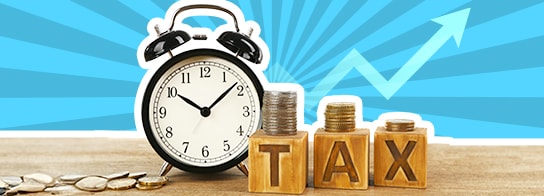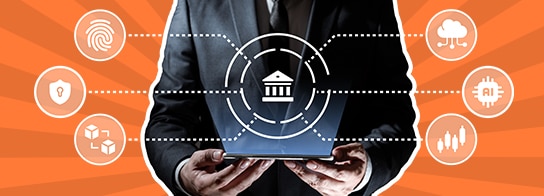Using a credit card cash advance can quickly lead to financial issues. Here are some key reasons why it’s best to avoid relying on cash advances from your credit card:
High Fees and Interest Rates on Cash Advances
One of the most significant drawbacks of using a cash advance credit card is the high fees and interest rates associated with it. Unlike regular purchases, which often come with a grace period during which no interest is charged, a credit cash advance begins accruing interest immediately. This means you will be charged interest from the day of the withdrawal until it is paid off, which can result in a substantial amount of debt accumulating over time.
Interest rates for cash advances are often much higher than for regular credit card purchases, ranging from 20% to 30% per year. On top of that, you may face a one-time cash advance credit card fee, which can further increase the amount you owe. These high costs make it easy to see how a small cash withdrawal can quickly snowball into a significant financial burden.
For example, if you withdraw ₹5,000 with a fee of 3% and an interest rate of 25% per annum, your monthly interest could amount to around ₹100–₹120, in addition to the upfront fee.
Impact on Your Credit Score
Taking out a cash advance can also negatively impact your credit score. One of the factors that credit bureaus use to determine your credit score is your credit utilisation ratio, which measures how much of your available credit you are using. When you take a cash advance, you are essentially increasing your credit usage, which can cause your credit score to drop.
For example, if you have a ₹50,000 credit limit and withdraw ₹10,000 as a cash advance, your credit utilisation ratio jumps by 20%. A higher ratio can signal to lenders that you may be struggling financially, which can affect your creditworthiness in the future.
No Grace Period for Cash Advances
Unlike regular purchases made on your credit card, which often come with a grace period (usually between 20 to 30 days), there is no grace period for cash advances. This means that interest begins accumulating immediately after you make the withdrawal. Even if you pay off the cash advance balance quickly, you may still incur significant interest charges in the interim.
This lack of a grace period is one of the most overlooked disadvantages of using credit card cash advances. While you might be accustomed to paying off regular purchases within the grace period to avoid interest charges, the same does not apply to cash advances.
Risk of Getting Trapped in Debt
Frequent use of credit card cash advances can quickly lead to a cycle of debt. The high fees, immediate interest charges, and accumulated debt can make it difficult to repay the amount borrowed, especially if you only make minimum payments. Over time, this can result in higher outstanding balances, leading to higher interest charges and the potential for being trapped in debt.
If you rely on cash advances regularly, you may find it harder to pay off your credit card balance, which could result in increasing debt and growing financial stress.






































